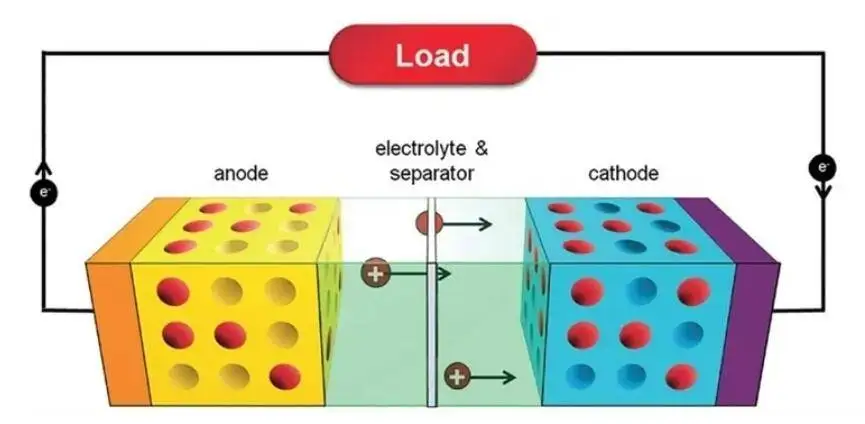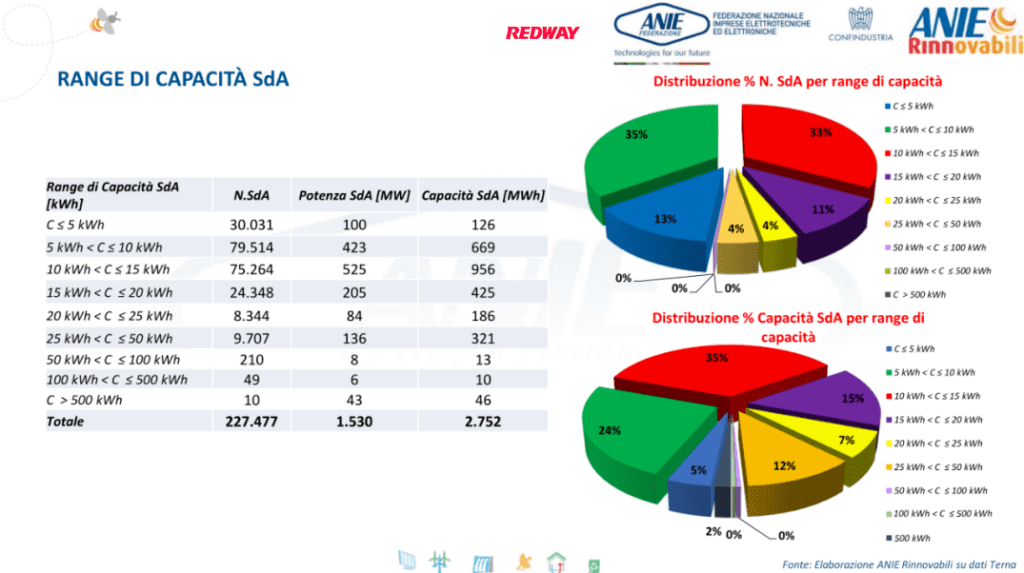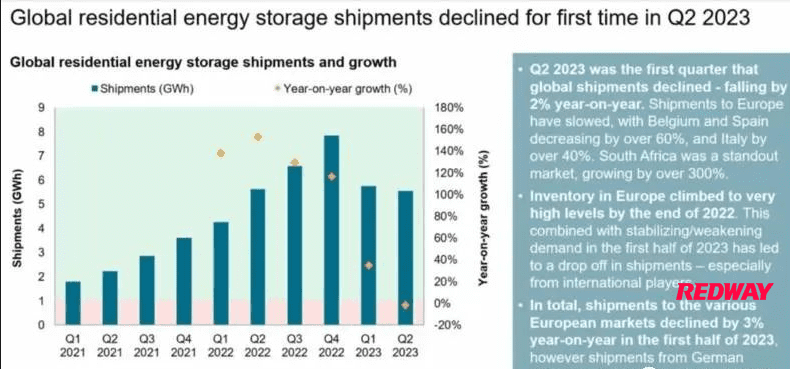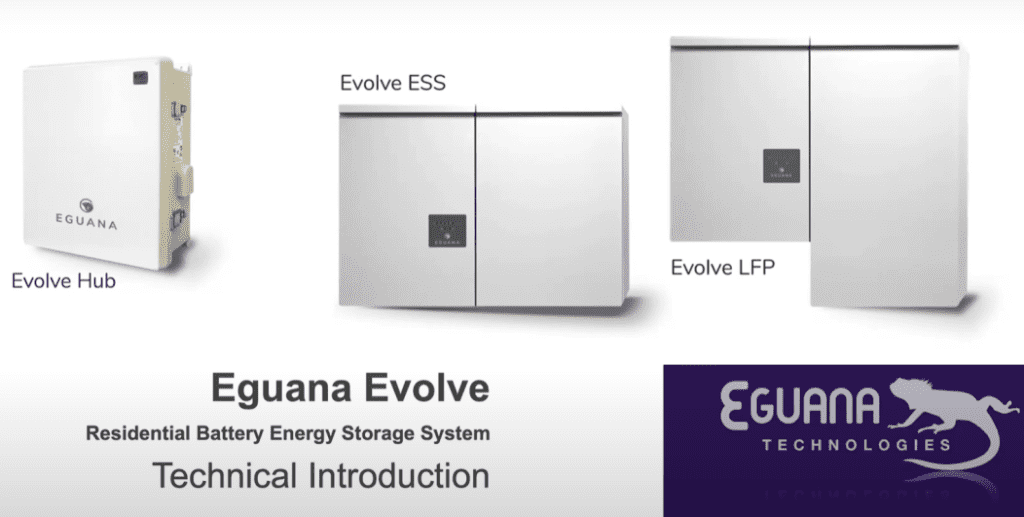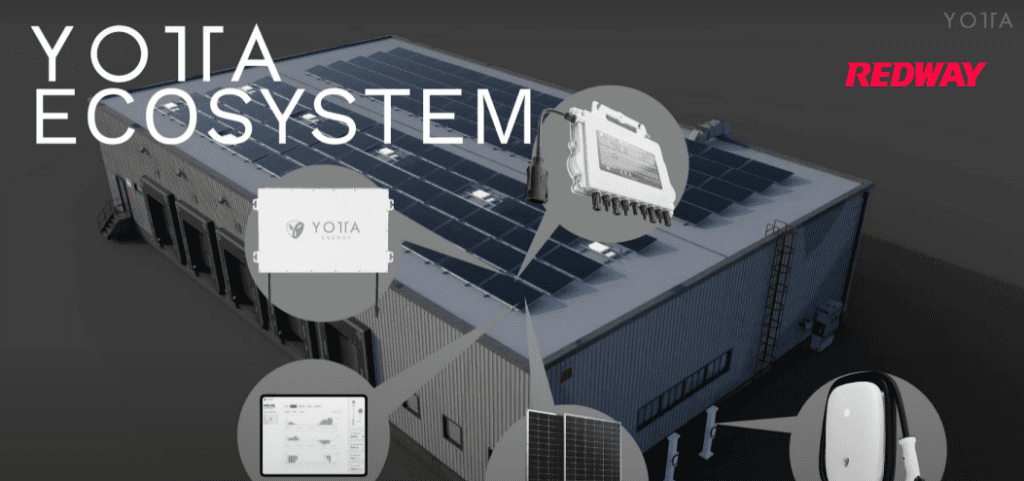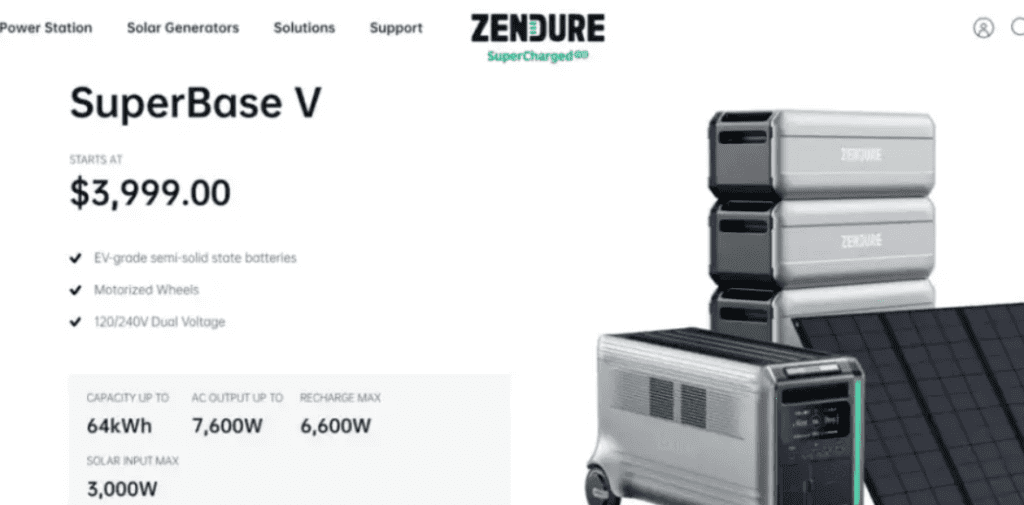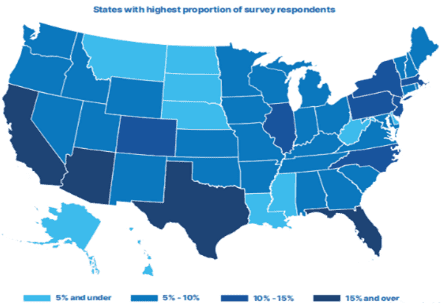Spain is on a transformative journey to enhance its renewable energy landscape, aiming to deploy 15 GW of long-duration energy storage (LDES). This initiative is crucial to eliminate economic curtailment, which threatens the viability of renewable projects. LDES technologies promise substantial economic benefits while facilitating a smoother transition to a net-zero future.
How can long-duration energy storage eliminate economic curtailment in Spain?
Long-duration energy storage (LDES) can significantly mitigate the issue of economic curtailment, where renewable generators are forced to reduce output due to low electricity prices not covering operational costs. According to recent studies, deploying 15 GW of LDES could help stabilize the grid and ensure that renewable resources are fully utilized, potentially eliminating over 5% of curtailed renewable generation between 2025 and 2030. This capability allows for better alignment between electricity supply and demand, particularly during periods of high generation but low consumption.Chart: Economic Curtailment Reduction Potential with LDES Deployment
| Year | Renewable Generation (TWh) | Curtailed Generation (TWh) | LDES Impact (TWh) |
|---|---|---|---|
| 2025 | 200 | 10 | 0 |
| 2030 | 250 | 15 | 0 |
| 2035 | 300 | 20 | -10 |
What is the role of long-duration energy storage in Spain’s renewable energy transition?
LDES plays a pivotal role in facilitating the integration of intermittent renewable sources like wind and solar into the grid. By storing excess generation during peak production times and releasing it when demand surges, LDES ensures a more reliable electricity supply. This technology can discharge electricity over extended periods, ranging from 8 hours to several days, making it ideal for balancing seasonal variations in renewable output.Chart: Long-Duration Energy Storage Discharge Capabilities
| Technology Type | Discharge Duration | Typical Use Case |
|---|---|---|
| Pumped Hydro | Days | Seasonal Storage |
| Flow Batteries | Up to 48 hours | Grid Stabilization |
| Thermal Storage | Days | Industrial Heating |
Why is deploying 15 GW of long-duration energy storage economically beneficial?
The economic benefits of deploying 15 GW of LDES are substantial. Research indicates that this deployment could save up to €1 billion in system costs between 2025 and 2050. By reducing reliance on fossil fuels, particularly natural gas, LDES not only lowers operational costs but also enhances the overall efficiency of the power system. Furthermore, it enables earlier phase-out timelines for gas-fired plants, accelerating Spain’s journey towards net-zero emissions.
How does Spain’s capacity market support energy storage initiatives?
Spain’s introduction of a capacity market aims to provide financial incentives for both traditional and renewable power sources, including LDES. This market will allow operators to secure contracts for providing capacity several years in advance, ensuring that investments in storage technologies are financially viable. By integrating LDES into this framework, Spain can enhance grid reliability while promoting further investments in renewable technologies.
What challenges does Spain face in implementing long-duration energy storage?
Despite its potential, the implementation of LDES faces several challenges. High initial capital costs compared to traditional lithium-ion batteries pose a significant barrier. Additionally, there is a need for a comprehensive regulatory framework that supports diverse LDES technologies and encourages investment. Addressing these challenges will be crucial for meeting Spain’s ambitious renewable targets outlined in its National Energy and Climate Plan (NECP).
How can government policies enhance the deployment of long-duration energy storage?
To facilitate the deployment of LDES, Spanish government policies must focus on creating supportive regulatory environments and financial mechanisms that incentivize investment. This includes grants or subsidies for research and development, streamlined permitting processes for new projects, and collaboration with private sector stakeholders to build a robust value chain for energy storage technologies.Latest News:
Recent reports highlight that Spain’s government is intensifying efforts to integrate more renewable sources into its power grid while addressing economic curtailment issues through strategic investments in LDES technologies. As part of its NECP, Spain plans to increase its total installed renewable capacity significantly by 2030, aiming for an ambitious target where renewables account for 81% of total electricity generation.Editor Comment:
“The path towards achieving substantial long-duration energy storage capabilities in Spain is not just about technological advancements; it’s also about creating an ecosystem where these technologies can thrive economically. A well-defined policy framework will be essential to harness the full potential of LDES while ensuring that Spain meets its climate commitments effectively.”




